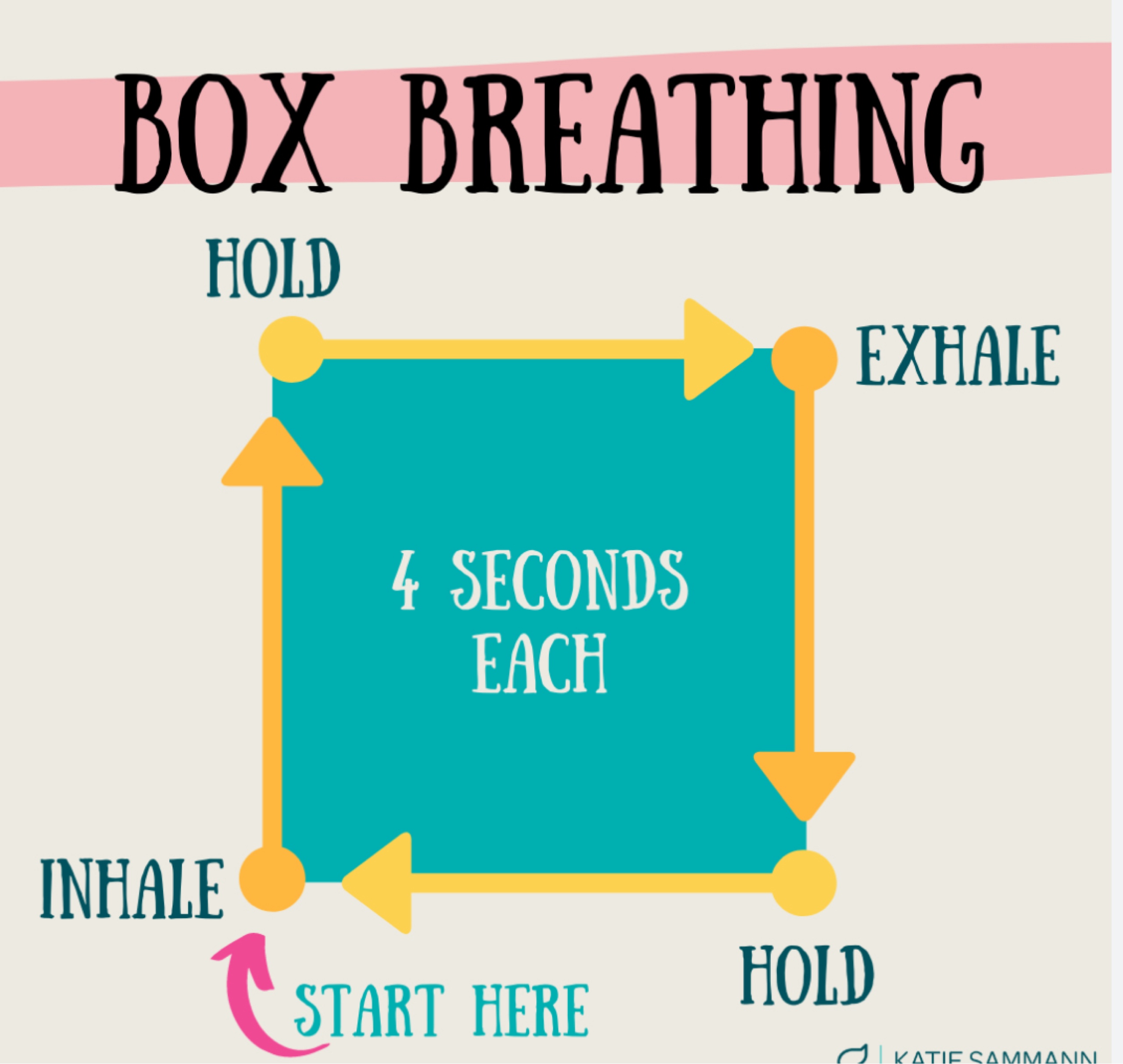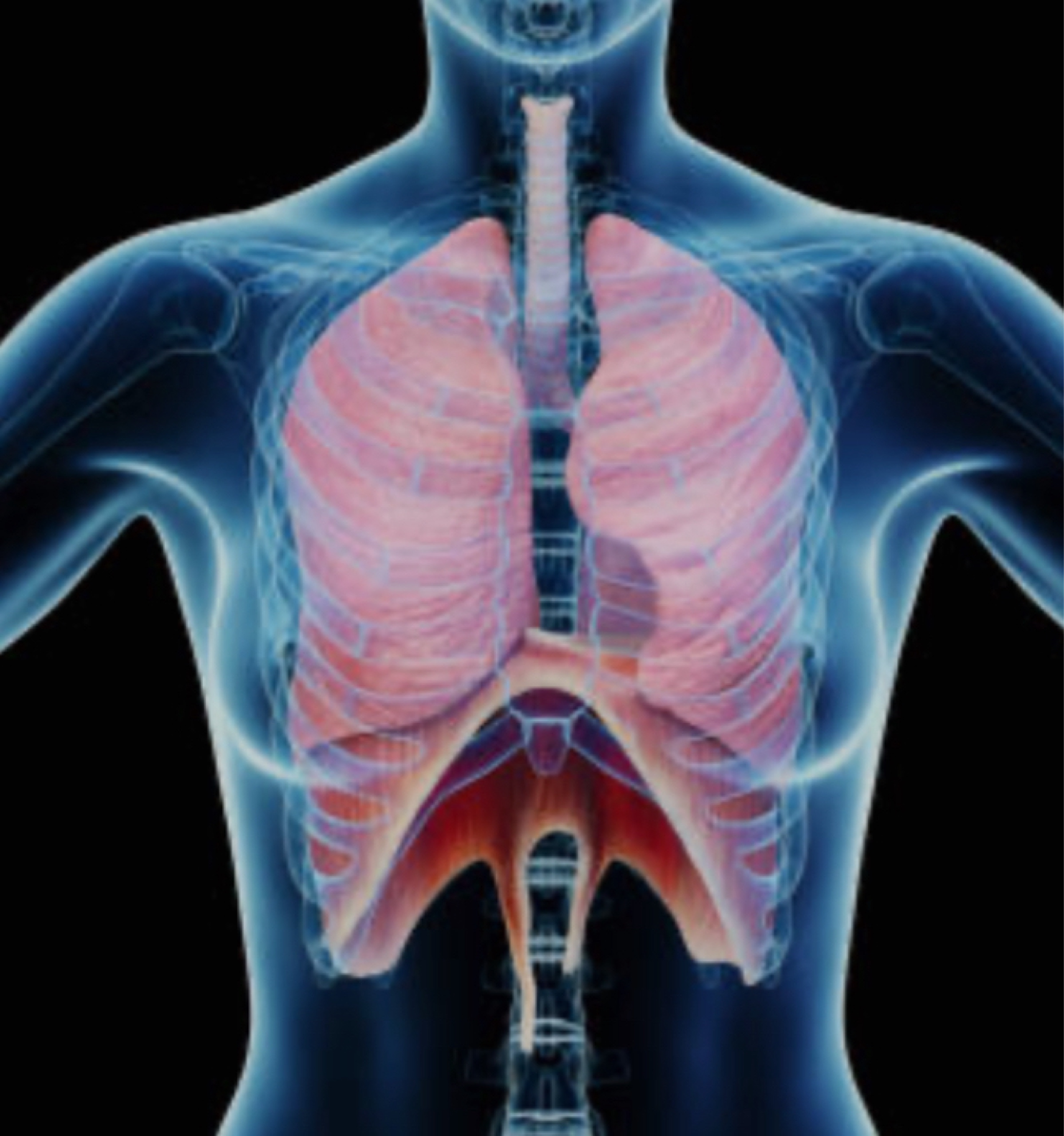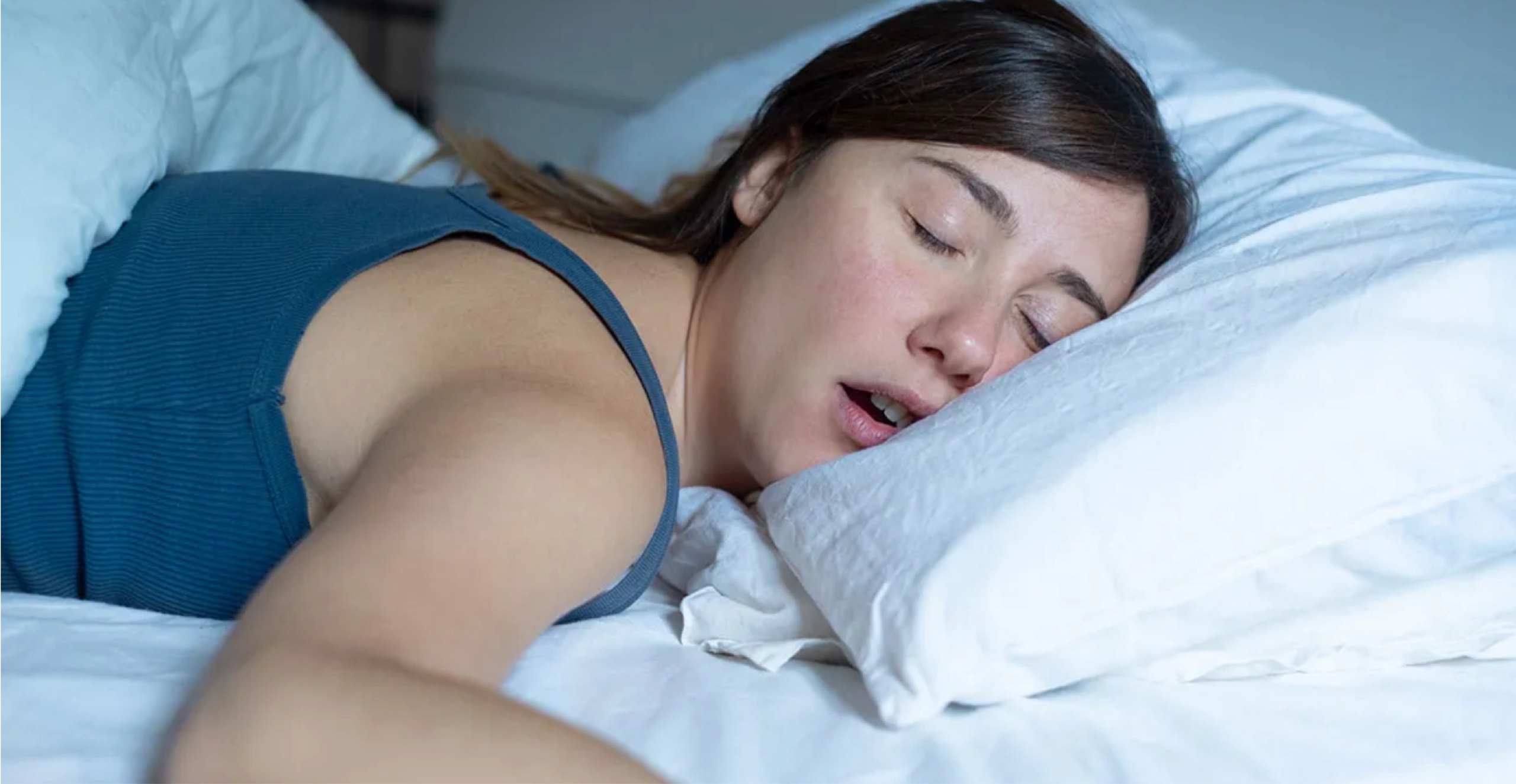And.... Breathe....

In this article, we’re going to take a preliminary look at breathing, or “breath work”. We’ve talked about sleep, and relaxation, and rest, and how we breathe fits right into that discussion. We’ll also, in a later article, look at how it can fit into mental “rehearse” or “mindset preparation”.
Of course, breathing is one of those automatic processes and it’s as well that we continue to breathe, in one fashion or another, without needing to engage conscious thought. Even when we hold our breath, we don’t do it indefinitely. But there are some considerable health benefits to be gained by taking a more mindful look at how we breathe, and we can harness the power of certain breathing patterns and techniques to calm ourselves, reduce pain and inflammation, and enhance our cognitive processes.
This is one area where there has been quite extensive research, although there are some quite different opinions out there about the best approach. It may well be that you need to find what works best for you - and of course, it depends on what outcome you want to achieve. Slow, deep breathing is good for promoting deep calm, whereas more rapid breathing can be helpful just before strenuous exertion.
We’ll look at different breathing techniques you might want to consider, as well as the benefits of breathing through your nose, if that is an option available to you. In the follow-up article, we’ll look more at the science and the best ways to get the oxygen from your blood to the tissues and organs that need it.
So, take a deep breath (or possibly a shallow one), and read on!
Possibly one of the most useful conscious breathing patterns you can employ is known as “box breathing” or, when employed by the military, “tactical breathing.” It’s “tactical” because it can be used to counteract the effects of adrenaline, when the situation allows, at least.
Just because you might not be about to undertake some challenging military operation, doesn’t mean you don’t experience the effects of stress and adrenaline. And as far as the body-mind is concerned, it doesn’t really matter what is causing the adrenal response, it is still something highly alarming that needs dealing with. So if you find yourself anxious about a presentation, or running late (again), box breathing can be very helpful and is easy to do.

Box Breathing:
Inhale for a count of 4, hold for a count of 4, exhale for a count of 4, hold for a count of 4. Repeat. You don’t have to count particularly slowly (although to a count of 4 seconds is good), just make the box square! This can be done with more diaphragmatic breathing (as outlined below) or more shallow breathing, depending on what you can manage and feel comfortable with, and the situation you find yourself in.
Diaphragmatic Breathing (Abdominal Breathing):
- Focuses on deep breathing into the diaphragm rather than shallow chest breathing.
- Promotes relaxation by activating the parasympathetic nervous system.
- Technique: Inhale deeply through the nose, allowing the abdomen to expand, then exhale slowly through the mouth or nose.
It may help to place a hand on the abdomen so you can feel the rise and fall.
It's the expansion of the abdomen that allows the diaphragm - the mushroom shaped muscle on the image below, to flatten and drop, giving room for the "bellows" of the lungs to expand.

This can be combined with box breathing, to incorporate breath holds as well.
Since almost all of the breathing techniques that follow require you to breathe through your nose, let’s look at that now. Nose breathing has some positive benefits, and mouth breathing has some negative effects, and if you can, it’s really worth training yourself to breathe through your nose, as much as the time as you possibly can.
Humans are one of the very few mammals that even can breathe through their mouths (probably due to our development of speech), and the other animals that can mouth-breathe only do so under extreme duress. There’s certainly evidence that constant mouth breathing is interpreted by the body as ongoing stress, and that it raises cortisol levels. If obstructions or allergies or “nasal architecture” prevent you from nose breathing, pursed-lipped breathing (inhale and exhale through pursed lips) can be the next best thing.
Here are some of the differences between nasal and mouth breathing:
Reduced Oxygen Intake Efficiency:
- Nasal Breathing: The nose filters, humidifies, and warms the air before it reaches the lungs, improving oxygen absorption.
- Mouth Breathing: Bypasses these processes, leading to less efficient oxygen intake and potentially lower oxygen levels in the blood. Pursed lip breathing might go some way to humidifying and warming the air before it reaches the lungs, but it can’t filter.
Dry Mouth and Throat:
- Dehydration: Breathing through the mouth can lead to dryness of the oral cavity and throat, increasing the risk of dehydration. If you wake up thirsty in the night, there’s a good chance you are mouth breathing.
- Oral Health: Dry mouth promotes bacterial growth, leading to bad breath, tooth decay, and gum disease. Again, pursed-lip breathing can reduce the dehydrating effects.
Sleep Disorders:
- Snoring and Sleep Apnea: Mouth breathing can exacerbate snoring and obstructive sleep apnea, reducing sleep quality and increasing daytime fatigue. If you are tired even after a seemingly good night’s sleep, it’s possible night-time mouth breathing could be the culprit (although there are other potential causes).
- Restless Sleep: It often leads to more restless sleep and frequent awakenings.
Jaw and Facial Development:
- Children: Chronic mouth breathing in children can affect the development of facial structures, leading to a longer face, narrow palate, dental misalignment, and other orthodontic issues.
- Adults: It can also cause or exacerbate temporomandibular joint disorders (TMJ).
In his book, Breath, James Nestor examines the change in our facial architecture, following the industrialisation of our food production. Essentially, we don’t chew like we used to, and have narrower jaws and smaller palates, leading to less of a nasal cavity for breathing. Hence many of us have over-crowded mouths and often resort to mouth-breathing.
Respiratory Issues:
- Infections: Bypassing the nasal passages means losing out on the filtering function, increasing the risk of respiratory infections and inflammation.
- Allergies and Asthma: Mouth breathing can worsen symptoms of allergies and asthma.
This is a bit of a vicious cycle because infections, allergies and asthma all make it harder to nose breathe!
Cognitive and Behavioural Effects:
- Focus and Attention: Poor sleep quality and reduced oxygen levels can impair cognitive functions, affecting concentration, memory, and learning, especially in children.
- Behavioural Issues: It has been linked to behavioural issues like hyperactivity and irritability.
General Health Concerns:
- Heart Health: Chronic sleep apnea and poor oxygenation can increase the risk of cardiovascular diseases.
- Immune Function: Mouth breathing can compromise the immune system, as the nose's filtering mechanisms help reduce the intake of pathogens.

Just as a point of fact, it isn’t really the oxygenation in the blood that is usually the problem. Unless there’s a medical problem (and even sometimes in spite of that) the blood saturation levels are very consistent across the population. It’s the release of the oxygen from the blood to the tissues and organs (including the brain) that is the problem, and actually has to do with the expelling of carbon dioxide. We’ll look into this in the second Breath Work instalment.
So, those are benefits of nose-breathing, and mouth-breathing is not good for us, but how do we change?
If you are a habitual mouth-breather, learning to breathe through your nose will take some conscious effort.
If your nose is blocked, you could try this suggestion, from Patrick McKeown of The Oxygen Advantage.
If you are doing, say, the Wall Press Up in the way I recommend, with long, slow, weight-bearing phases, both on the “up” and the “down”, then incorporating the breathing, with the emphasis on nasal breathing, is an excellent way to train the habit.
Any time you are doing moderate intensity exercise, just remind yourself to nose breathe.
As the intensity increases, you might be able to breathe in through your nose and out through your mouth.
When you get to high intensity effort, it is extremely unlikely you’ll be able to continue to nose breathe. That’s ok. It’s not that you can never breathe through your mouth, it’s just much better that it isn’t the normal option.
At night, of course, you can’t consciously breathe through your nose. You might consider mouth-taping. This can take some getting used to, but it can certainly be done. The cheapest method is to use micro-pore tape. Simply take a strip, press it once on your hand to remove some adhesive, then place vertically across your lips. It can feel a bit claustrophobic, and it certainly took me a few nights to get used to it. To begin with, I would wake up with the tape gone, so I had obviously removed it at some point. You might try with the tape a bit looser to start with - so you still might be mouth-breathing but not wide open-mouthed, which in itself is an improvement.
Now, I am so used to mouth-taping that I find it helps me sleep and although I can sleep without it, I prefer to tape when I can. I think I sleep with my mouth closed more, even without the tape, but the tape ensures that I do. I definitely think my sleep and oral health have improved as a result.
Let’s look at some other breathing patterns that might work for you
Alternate Nostril Breathing (Nadi Shodhana):
- A yogic practice said to balance the left and right hemispheres of the brain.
- Technique: Close the right nostril with the thumb, inhale through the left nostril, close the left nostril with the ring finger, and exhale through the right nostril. Repeat, alternating nostrils. Some people find this helpful for unblocking their noses, too.
Pursed Lip Breathing:
- Helps slow the breathing rate and improve oxygen exchange.
- Technique: Inhale through the nose (if you can), then exhale slowly through pursed lips (as if blowing out a candle).
Ujjayi Breathing (Ocean Breath):
- A yoga breath that creates a soothing sound, helping to calm the mind.
- Technique: Inhale and exhale deeply through the nose while slightly constricting the back of the throat, producing a gentle "ocean" sound.
Sitali Breath (Cooling Breath)
- A yoga technique that is believed to have a cooling and calming effect on the body.
- Technique: Inhale through the mouth with the tongue curled (forming a tube), then exhale through the nose.
Mindful Breathing:
- Integrates mindfulness with breathing to enhance relaxation and present-moment awareness.
- Technique: Focus attention on the breath, noticing the sensations of each inhale and exhale without trying to change it.
Resonance Breathing (Coherent Breathing):
- Aims to achieve a breathing rate of around 5-6 breaths per minute, which is thought to optimise heart rate variability and promote relaxation.
- Technique: Inhale and exhale slowly and evenly, taking about 5-6 seconds for each breath.
See this Kitaro Waga video for guidance
Body Scan with Deep Breathing:
- Combines deep breathing with progressive muscle relaxation.
- Technique: Focus on each part of the body from head to toe, consciously relaxing each muscle group while taking deep, slow breaths.
Practicing these breathwork techniques regularly can help reduce stress, improve mental clarity, enhance emotional regulation, and promote overall relaxation. It's important to find a technique that resonates with you and fits your lifestyle and needs.
Whichever works for you, it is worth incorporating some conscious breathing time regularly into your week. Smart watches will even remind you to do so regularly, and have rather lovely visuals to synchronise to.
It’s also worth mentioning that this can feel like hard work, even when the ultimate aim is relaxation! Taking something you can do unconsciously, and bringing it under conscious control, can be challenging. The rewards are significant, but it does take some effort, so take heart if you don’t absolutely love doing this! You might find that you enjoy it more the more you do it, and it is a very powerful tool to have at your disposal.
For many, the challenge is simply finding some time when they won’t be disturbed!
There is a lot more to this topic, and we will return to it. For now, just explore and see what works for you. If you don’t have additional time to set aside for this practise, ensure that you are mindfully breathing throughout the exercises that you do here with Thorny Rose.